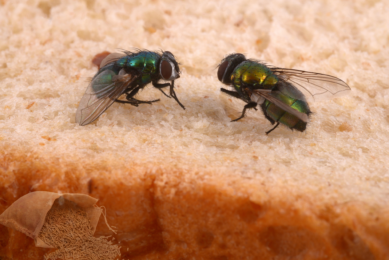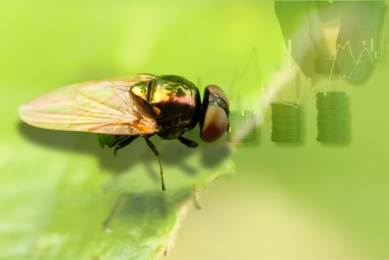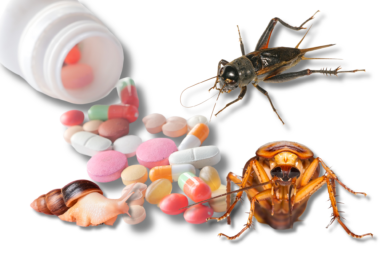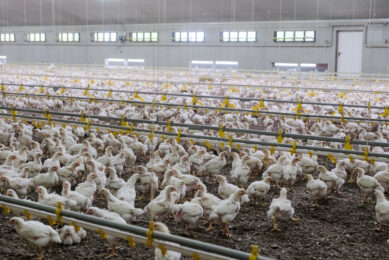UK Govt urged to develop financial support for insect farming
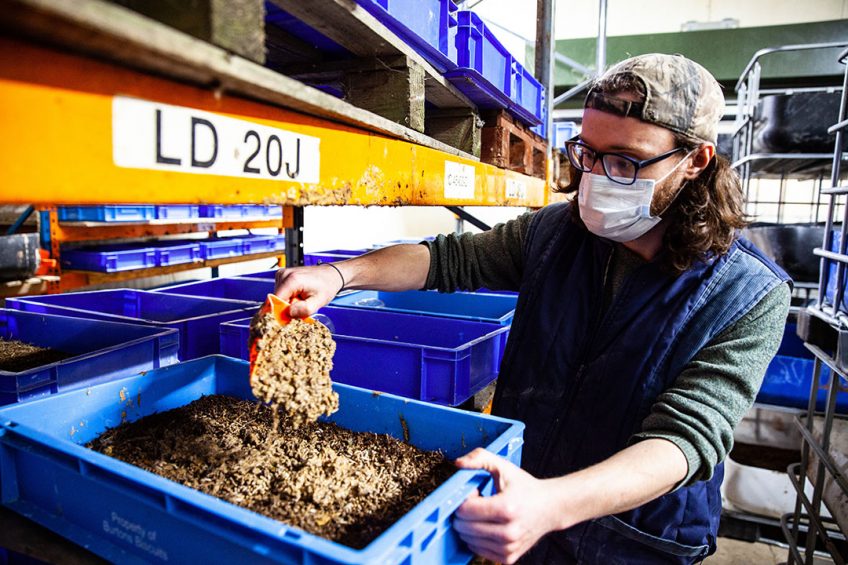
Using insect meal to replace soy in fish and livestock feed could cut the UK’s future soy footprint by a fifth, protecting vital ecosystems such as the Brazilian Cerrado, according to a new report.
The study, published by the UK’s largest retailer Tesco and environmental charity WWF, says total demand for insect meal from the UKs pig, poultry and salmon sectors could reach around 540,000 tonnes/year by 2050. It calls on the UK government to research the potential and regulatory requirements for adding extra substrates for insect farming, urges it to provide financial support to scale up the industries and ask suppliers and retailers to work together to increase demand for insect meal, supporting the move away from a feed system that drives the destruction of nature. The report comes just a few weeks after the European Commission confirmed that the European Union is set to allow insect-derived protein to be fed to poultry and pigs.
The report has been honest – soy will be with us for some time to come.
Replacing 524,000 tonnes of soy
Speaking at the launch of the report, Molly Gupta, WWF forestry commodities manager, spoke of key benefits of using insect meal. She said its high protein level (56-82%) was equivalent to fishmeal (65%) and higher than soy (48%), adding it had huge potential to upcycle surplus and by-products. Gupta argued that if the insect meal sector reached 540,000 tonnes it could result in 524,000 tonnes of soy and 16,000 tonnes of fishmeal being replaced – equivalent to a fifth of the UK’s projected soy imports in 2050 or Tesco UK’s entire 2018 soy footprint. Around 150,000 ha of land is required to produce this amount of soy annually. She said around 240,000 tonnes of insect meal could come from 20-25 UK production facilities by 2050, adding that while the cost of producing insect meal in 2030 would still be greater than soy (£500/tonne v £400/tonne), cost of production would fall with economies of scale.
We need to see government playing an important role in providing financial incentives and industry collaboration to drive up insect meal demand.
Government plays important role
Helena Delgardo Nordmann, Tesco partnership and marine lead, said the retailer had been working with insect start-ups for the past 4-5 years and recognised there was an urgent need to provide greater feed sustainability for farm animals to help to move to a circular economy. “We need to see government playing an important role in providing financial incentives and industry collaboration to drive up insect meal demand,” she said. Ben Sharples, partner in the agriculture team at Michelmores, said it would be important for the UK to keep pace with changes in the EU post Brexit but also to shape “our own rules”. The UK needed to work out what substrates could be used and the precautionary principle that needed to be applied. Monica Betanco, lecturer in aquaculture at the University of Stirling, said she had been working with Norwegian producers to use “highly palatable” black soldier fly in insect meal for their farmed fish sector.
There was a good public perception, Dr Betanco added, although issues around high levels of saturated fats and ketone levels needed to and were being addressed.
William Clark, Zero Waste Scotland’s bioeconomy specialist, said there were amazing opportunities to produce green jobs for Scotland’s agriculture sector but at present it faced an uphill battle to compete with the anaerobic digestion industry that received large government subsidies. And James McCulloch, Agricultural Industries Confederation spokesman, added that while the sector had potential it would not replace soy overnight: “The report has been honest – soy will be with us for some time to come.” Mr McCulloch said the feed sector was looking at other soy alternatives too – rape seed meal, peas, beans, lupins and sunflower meal as well as other high protein alternatives such as synthetic amino acids.




